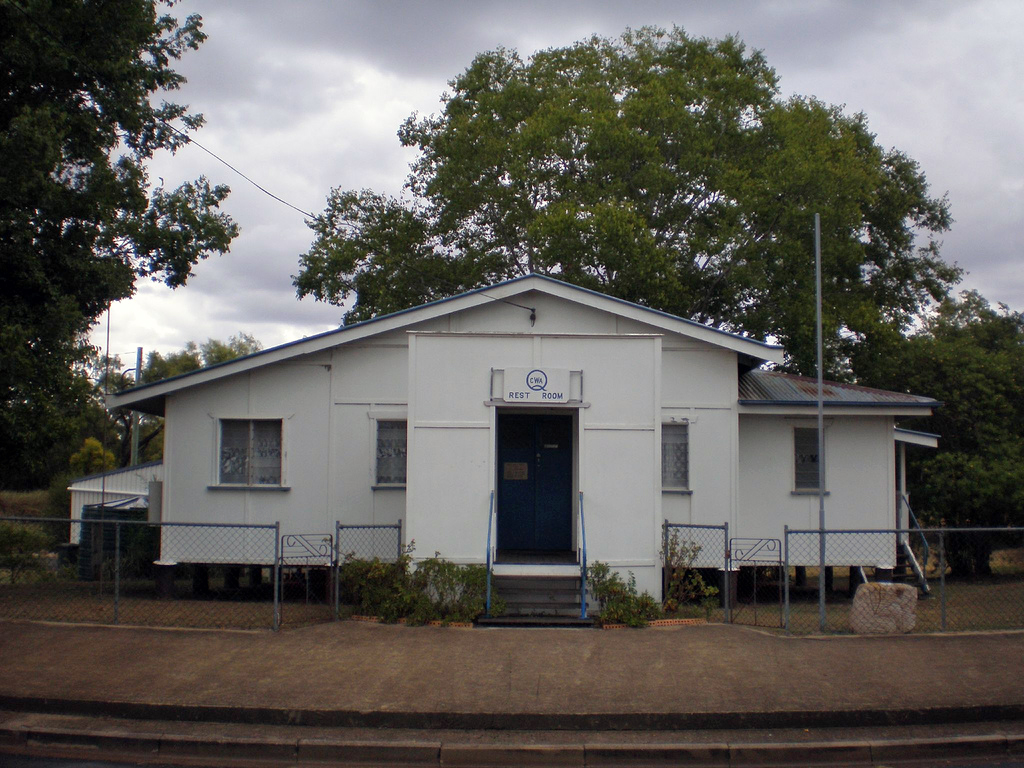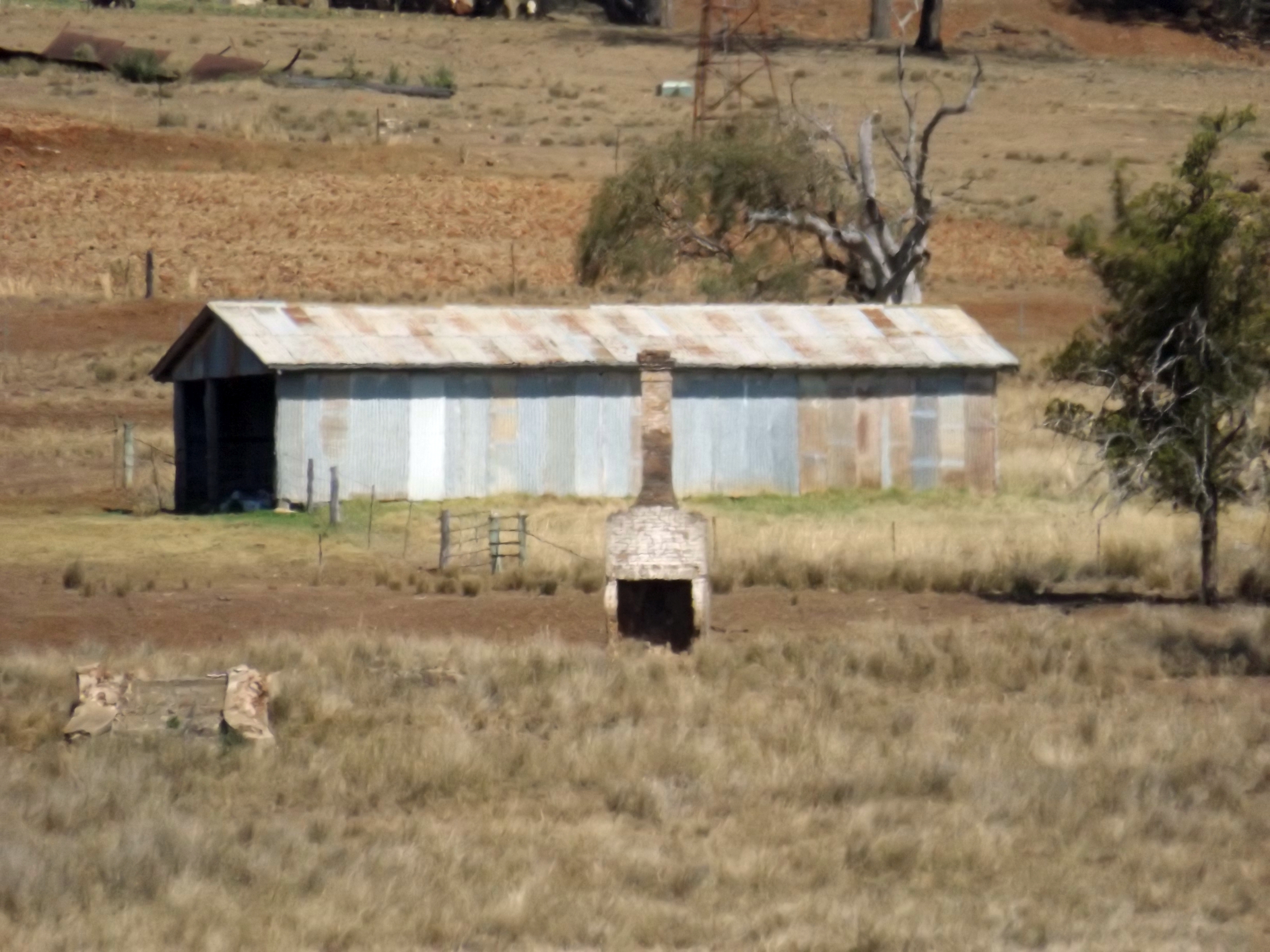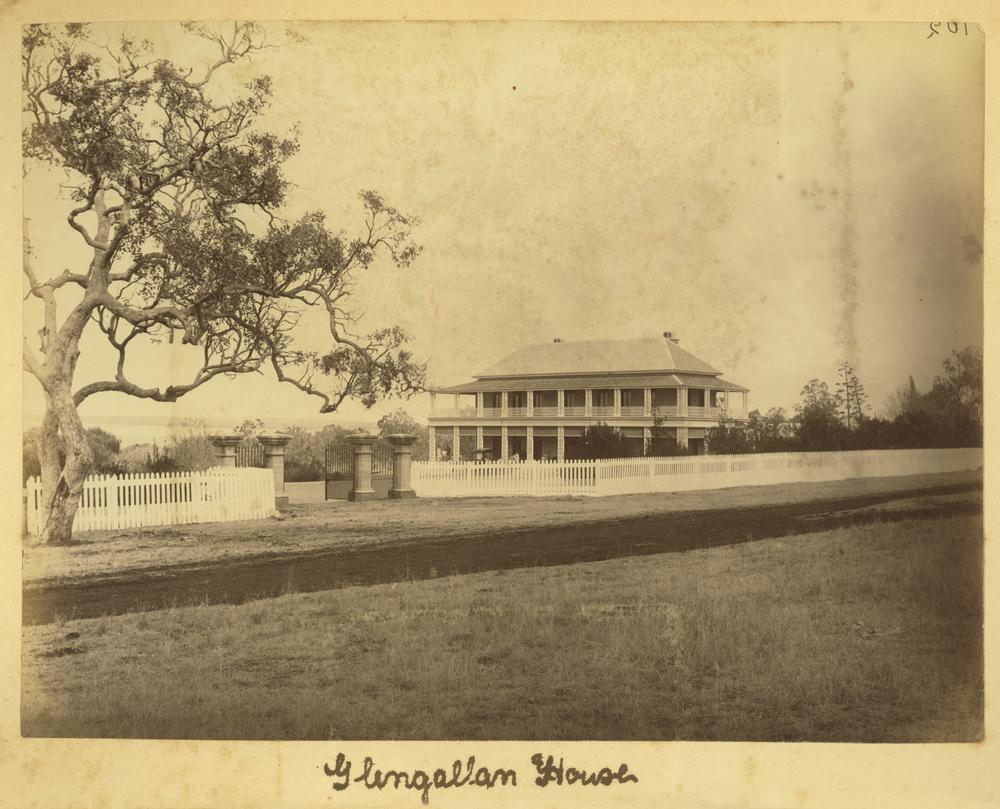|
Snowball Marches
During World War I, recruitment marches or snowball marches to state capital cities were a feature of volunteer recruiting drives for the Australian Imperial Force in rural Australia. Between October 1915 and February 1916, nine marches were held starting from various points in the state; the most notable was the first march from Gilgandra, New South Wales, known as the Cooee march. The March of the Dungarees took place in south-eastern Queensland in November 1915. In 1918, in an effort to promote recruitment, another march was staged, but this was less spontaneous and the marchers in fact travelled by train. The marches were called "snowball marches" in the hope that like a snowball rolling down a hill will pick up more snow, gaining more mass and surface area, and picking up even more snow as it rolls along, the marchers would also collect more marchers as they progressed to the recruiting depot. Background The Australian Imperial Force was formed promptly on the declar ... [...More Info...] [...Related Items...] OR: [Wikipedia] [Google] [Baidu] |
Dubbo
Dubbo () is a city in the Orana Region of New South Wales, Australia. It is the largest population centre in the Orana region, with a population of 43,516 at June 2021. The city is located at the intersection of the Newell, Mitchell, and Golden highways. The nearest city, Orange, is about away. Dubbo is located roughly above sea level, north-west of Sydney ( by road) and is a major road and rail freight hub to other parts of New South Wales. It is linked by national highways north to Brisbane, south to Melbourne, east to Sydney and Newcastle, and west to Broken Hill and Adelaide. Dubbo is included in the rainfall and weather forecast region for the Central West Slopes and in the Central West Slopes and Plains division of the Bureau of Meteorology forecasts. History Evidence of habitation by Wiradjuri Nation, Indigenous Australians dates back over 40,000 years. Explorer and surveyor John Oxley was the first European to report on the area, now known as Dubbo, in 1818. ... [...More Info...] [...Related Items...] OR: [Wikipedia] [Google] [Baidu] |
Gatton, Queensland
Gatton is a rural town and locality in the Lockyer Valley Region, Queensland, Australia. In the , the locality of Gatton had a population of 7,101 people. It is the administrative centre of the Lockyer Valley situated in the Lockyer Valley of South East Queensland. Recently, the rural character of the Gatton area has started to be encroached on by the suburban sprawl of metropolitan Brisbane and Ipswich in the east and Toowoomba in the west. The Warrego Highway, which runs east–west through the Shire, has also experienced increasing strip development, with fuel outlets and commercial properties gradually spreading along the highway. History Prior to European settlement, the area was occupied by members of the Yuggera Aboriginal language group. Jagara is one of the Aboriginal languages of South-East Queensland. There is some uncertainty over the status of Jagara as a language, dialect, or a group or clan within the local government boundaries of Ipswich City Council, Locky ... [...More Info...] [...Related Items...] OR: [Wikipedia] [Google] [Baidu] |
Helidon, Queensland
Helidon is a rural town and locality in the Lockyer Valley Region, Queensland, Australia. In the , the locality of Helidon had a population of 1,059 people. Helidon is known in Queensland for its high quality sandstone (also called freestone), used extensively in private and public buildings in the state and elsewhere, including Brisbane City Hall, Brisbane Treasury Building, University of Queensland, and sought after internationally for its quality, especially in China. Helidon is also the location of a natural mineral spring whose products were sold by the Helidon Spa Water Company, now known as Kirks. Geography Helidon is located on the Warrego Highway, west of the state capital, Brisbane, and east of Toowoomba. Parts of the hilly, undeveloped north of Helidon have been protected within Lockyer National Park. History The Helidon district is called by Aboriginal inhabitants "Yabarba", the name of the Curriejung, and the nearby spring is known as "Woonar-rajimmi", the pl ... [...More Info...] [...Related Items...] OR: [Wikipedia] [Google] [Baidu] |
Toowoomba, Queensland
Toowoomba ( , nicknamed 'The Garden City' and 'T-Bar') is a city in the Toowoomba Region of the Darling Downs, Queensland, Australia. It is west of Queensland's capital city Brisbane by road. The urban population of Toowoomba as of the 2021 Census was 142,163, having grown at an average annual rate of 1.45% over the previous two decades. Toowoomba is the second-most-populous inland city in the country after the national capital of Canberra and hence the largest city on the Darling Downs, and it is among the largest regional centres in Queensland. It is also referred to as the capital of the Darling Downs. The Toowoomba region is the home of two main Aboriginal language groups, the Giabal whose lands extend south of the city and Jarowair whose lands extend north of the city. The Jarowair lands include the site of one of Australia's most important sacred Bora ceremonial ground, the ‘Gummingurru stone arrangement’ dated to c.4000 BC. The site marked one of the major routes ... [...More Info...] [...Related Items...] OR: [Wikipedia] [Google] [Baidu] |
Cambooya, Queensland
Cambooya is a rural town and locality in the Toowoomba Region, Queensland, Australia. In the the locality of Cambooya had a population of 1,584 people. Geography Cambooya is in the Darling Downs region, west of the state capital, Brisbane. Outside of the town, the land use is a mix of dry and irrigated crop-growing and grazing on native vegetation. History European settlement of the area dates from 1840, when Arthur Hodgson chose of prime land, which he named Eton Vale. In 1843 the New South Wales Commissioner of Crown Lands, Christopher Rolleston, carried out a survey and reserved a site on Eton Vale for a township. He named it ''Cambooya''. The origin of the name is unclear. It has been suggested it is a rendering of the Aboriginal word ''yambuya'' meaning ''tubers growing in a water hole''. Another theory is that it derives from the Aboriginal word ''kambuya'' meaning an egg, skull or head or that it means ''reeds and rushes'', or ''many winds''. Cambooya was, in it ... [...More Info...] [...Related Items...] OR: [Wikipedia] [Google] [Baidu] |
Greenmount, Queensland (Toowoomba Region)
Greenmount is a rural town and locality in the Toowoomba Region, Queensland, Australia. In the , the locality of Greenmount had a population of 699 people. Geography Greenmount is a rural town on the Darling Downs. It is located just off the New England Highway south of the regional city of Toowoomba. History Greenmount was formerly known as Greenmount West, and prior to that as Emu Creek. It takes its present name from the property owned by Donald Mackintosh, a local farmer and Member of the Queensland Legislative Assembly. The region was settled by graziers in the 1840s; farming activities remain the chief source of employment in Greenmount today. In 1879 the post office called Emu Creek Siding was renamed Greenmount, and the post office formerly called Greenmount was renamed Emu Creek. Greenmount Presbyterian Church opened on Sunday 11 July 1886. Greenmount Provisional School opened on 10 September 1901. On 1 January 1909, it became Greenmount State School. The Gre ... [...More Info...] [...Related Items...] OR: [Wikipedia] [Google] [Baidu] |
Clifton, Queensland
Clifton is a rural town and locality in the Toowoomba Region, Queensland, Australia. In the , Clifton had a population of 1,456 people. Geography Clifton is a town in the Darling Downs. The town is situated just west of the New England Highway, about south of Toowoomba and west of Brisbane. Bange's Airfield, six kilometres west of Clifton, is a centre for ultralight aircraft, and home to the Lone Eagle Flying School and the Darling Downs Sport Aircraft Association Inc. Boab trees are an important cultural heritage feature, particularly alongside the main street. The New England Highway runs along the eastern boundary. Gatton–Clifton Road enters from the east, Felton-Clifton Road enters from the north, and Clifton-Leyburn Road exits to the west. History The lands around the town was first settled by Europeans in 1840. The town takes its name from a pastoral run named by John Augustus Milbourne Marsh around 1844. Clifton Post Office opened on 20 April 1869 (it was known ... [...More Info...] [...Related Items...] OR: [Wikipedia] [Google] [Baidu] |
Allora, Queensland
Allora is a rural town and Suburbs and localities (Australia), locality in the Southern Downs Region, Queensland, Australia. In the , the locality of Allora had a population of 1,223 people. Geography Allora is on the Darling Downs in south-eastern Queensland, Australia, by road south-west of the state capital, Brisbane. The town is located on the New England Highway between Warwick, Queensland, Warwick and Toowoomba. History Giabal language, Giabal (also known as Paiamba, Gomaingguru) is an Australian Aboriginal language. The Giabal language region includes the landscape within the local government boundaries of the Toowoomba Regional Council, particularly Toowoomba south to Allora and west to Millmerran, Queensland, Millmerran. The region surrounding this small farming community was first explored by Europeans in the 1840s. In 1854 the first Presbyterian services were held in Allora. The town was surveyed in 1859. Its name is believed to derive from an Indigenous Aust ... [...More Info...] [...Related Items...] OR: [Wikipedia] [Google] [Baidu] |
Southern Railway Line
The Southern railway line serves the Darling Downs region of Queensland, Australia. The long line branches from the Western line at Toowoomba, west of Brisbane, and proceeds south through Warwick and Stanthorpe to the New South Wales/Queensland state border at Wallangarra. History The first section of the Southern railway opened from the end of the Main Line railway at Toowoomba to Millhill to the north of Warwick, on 9 January 1871, the line terminating there to save the cost of a bridge over the Condamine River. In 1872, tin was discovered at Stanthorpe, but disagreement over the route to be taken through Warwick resulted in the approval to extend the line not being given until 1877. The difficult terrain south of Warwick required two tunnels, one through solid rock which took two years to excavate, and the line opened to Stanthorpe on 3 May 1881. The Dalveen Tunnel was added to the Queensland Heritage Register on 28 July 2000. The Southern line was completed to Walla ... [...More Info...] [...Related Items...] OR: [Wikipedia] [Google] [Baidu] |
Warwick, Queensland
Warwick ( ) is a town and Suburbs and localities (Australia), locality in southeast Queensland, Australia, lying south-west of Brisbane. It is the administrative centre of the Southern Downs Region Local government in Australia, local government area. The surrounding Darling Downs have fostered a strong agricultural industry for which Warwick, together with the larger city of Toowoomba, serve as convenient service centres. The town had an urban population of 15,380 as at June 2018, Estimated resident population, 30 June 2018. having declined slightly at an average annual rate of -0.15% year-on-year over the preceding five years. Geography The Condamine River meanders from the east to the north-west of Warwick. One of its tributaries, Rosenthal Creek, enters Warwick from the south and enters the Condamine within Warwick. The Cunningham Highway and the New England Highway jointly enter Warwick from the north, cross the Condamine River, and then turn west within the town close to ... [...More Info...] [...Related Items...] OR: [Wikipedia] [Google] [Baidu] |








